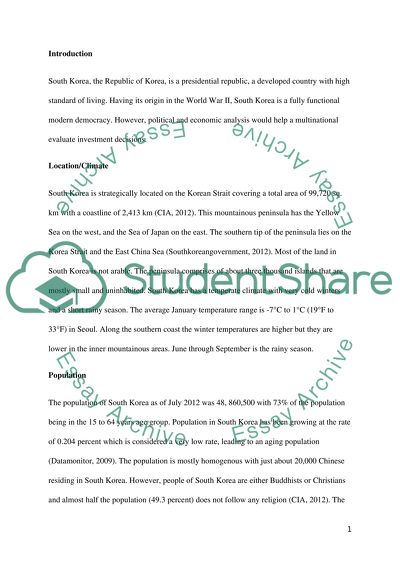Cite this document
(“South Korea Country Risk Analysis Research Paper”, n.d.)
South Korea Country Risk Analysis Research Paper. Retrieved from https://studentshare.org/finance-accounting/1459957-south-korea-country-risk-analysis
South Korea Country Risk Analysis Research Paper. Retrieved from https://studentshare.org/finance-accounting/1459957-south-korea-country-risk-analysis
(South Korea Country Risk Analysis Research Paper)
South Korea Country Risk Analysis Research Paper. https://studentshare.org/finance-accounting/1459957-south-korea-country-risk-analysis.
South Korea Country Risk Analysis Research Paper. https://studentshare.org/finance-accounting/1459957-south-korea-country-risk-analysis.
“South Korea Country Risk Analysis Research Paper”, n.d. https://studentshare.org/finance-accounting/1459957-south-korea-country-risk-analysis.


